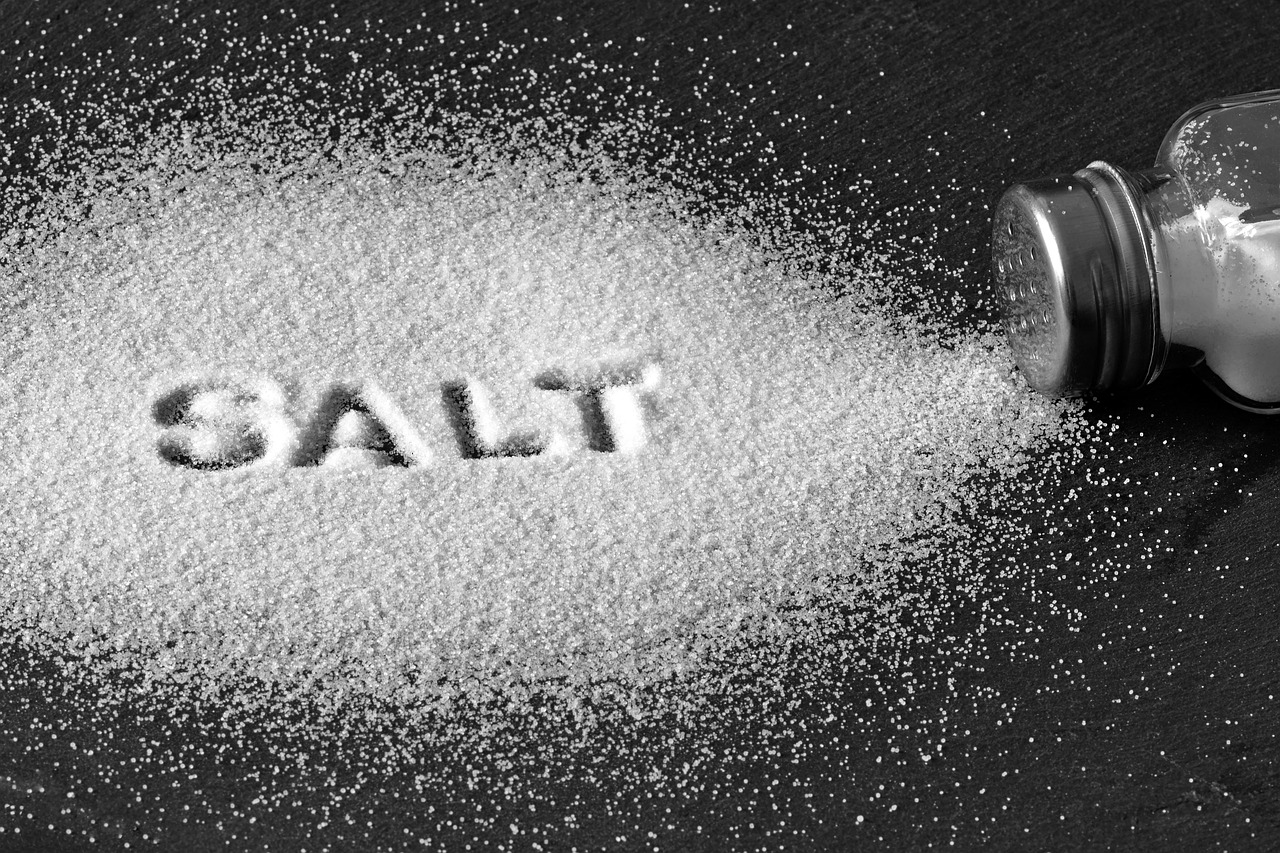Sodium and Your Health: How Much Is Too Much?

Sodium is an essential mineral that is found in food and in table salt. You need some sodium to stay healthy as sodium helps regulate fluid balance, maintain healthy nerve and muscle function, and regulates your blood pressure. However, too much sodium can have serious health consequences as it may lead to high blood pressure, which is a major risk factor for developing stroke and heart disease. In Canada, most people consume far more sodium than their bodies need. Understanding how much sodium is recommended, where it comes from, and how to limit it is key to protecting your health. Read on to learn more!
Health Canada’s recommendations for sodium
Health Canada provides the following recommendations on how much sodium we should consume daily:
- Adequate Intake (AI): 1,500 mg per day for adults aged 19–50
- Tolerable Upper Intake Level (UL): 2,300 mg per day for adults
The tolerable upper intake level is the maximum daily amount unlikely to cause negative health effects. Consuming more than 2,300 mg per day — which is about one teaspoon of salt — increases the risk of developing high blood pressure, a major risk factor for heart disease and stroke.
How much sodium are Canadians consuming?
Most Canadians consume far too much sodium. According to Health Canada:
- The average daily sodium intake for Canadian adults is 2,760 mg, which is almost double the sodium we need per day.
Sodium is added to many foods during processing, as it adds both flavour and is used as a preservative. In fact, most of the sodium found in our diet doesn’t come from the salt shaker, rather it is added to foods during processing. Therefore, reducing sodium is less about what you add during cooking and more about limiting highly processed foods at the grocery store or when dining out.
Foods high in sodium to limit or avoid
To reduce your sodium intake, it helps to know where it’s hiding. Many foods that don’t taste “salty” can still be major sodium sources.
Here are common sources of sodium in our diet:
- Baked goods such as: bread, bagels, cookies and muffins
- Ready-made dishes such as: soups, pizza, lasagna, refrigerated or frozen entrees and appetizers
- Processed meats such as: burgers, bacon, sausages, hot dogs, deli meats and canned meat
- Cheese
- Salty snacks such as: chips, pretzels, salted nuts, popcorn and crackers
- Condiments and sauces such as: soy sauce, ketchup, dips, gravy, BBQ sauce, teriyaki sauce and Worcestershire sauce
- Breakfast cereals
Tips to reduce sodium intake
Lowering your sodium doesn’t mean sacrificing flavour. Small, simple changes can make a big difference:
- Cook more often at home using fresh ingredients and herbs to flavour food instead of salt.
- Check the food label and choose lower sodium products by opting for “low sodium”, “reduced sodium” or “no added salt” versions.
- Rinse canned foods like beans and vegetables to remove extra sodium.
- Limit highly processed foods — opt for fresh or minimally processed alternatives.
- Read labels carefully and compare brands to choose lower sodium options
- Remember the percent daily value (%DV) on the nutrition facts table tells you if a food has “a little” or “a lot” of sodium.
- 5% DV or less is “a little” and 15% DV or more is “a lot”.
- The % DV helps you to compare products. Compare the amount of sodium in a similar serving size. Choose the product with the lowest %DV.
The bottom line
Sodium is vital for your body, but most Canadians are consuming more than they need — often without realizing it. By being mindful of food choices, cooking more meals from scratch, and reading labels, you can significantly reduce your sodium intake and support heart health.
For additional information:
- Canada’s Food Guide https://food-guide.canada.ca/en/


